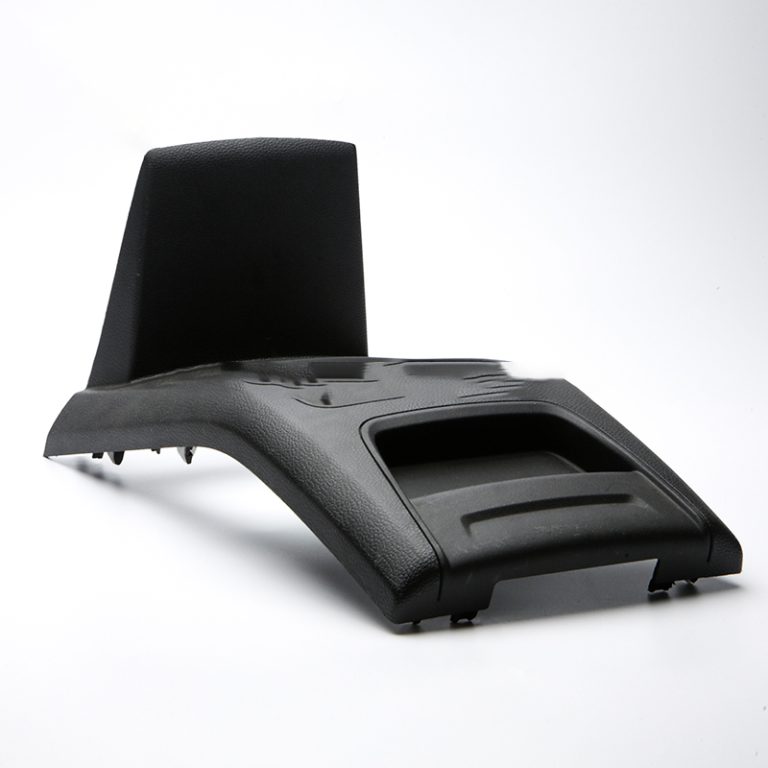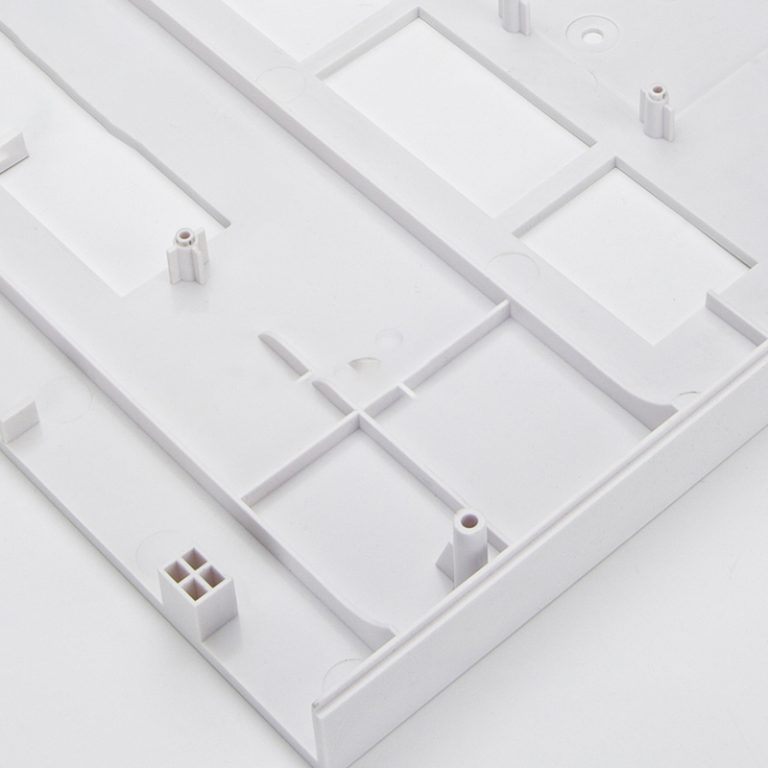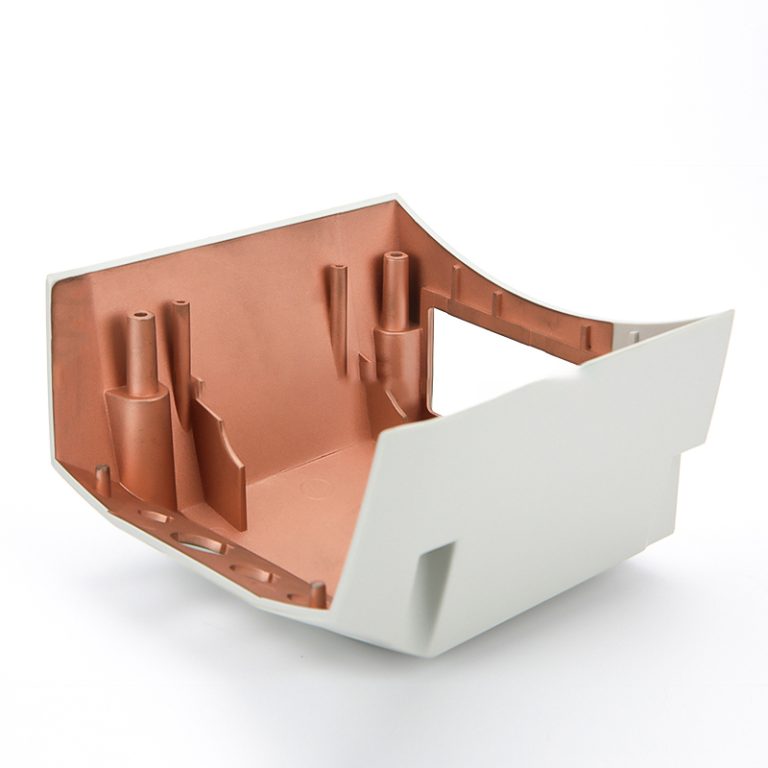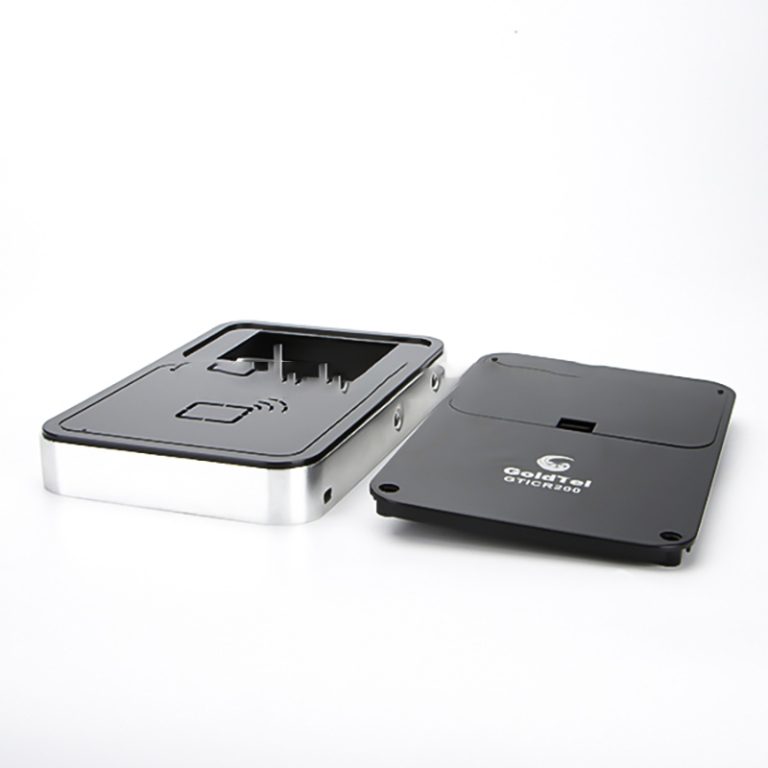The Benefits of Using Plastic Parts in Automotive Manufacturing
| Product Name | colour |
| Plastic injection molding parts | OEM/ODM |
| Product Name | colour |
| Plastic injection molding parts | OEM/ODM |

Advantages of Using 70g Plastic Injection Molding for Small Parts Plastic injection molding is a widely used manufacturing process that involves injecting molten plastic material into a mold cavity. This process is commonly used to produce a wide range of plastic parts, from small components to large products. One of the key factors that determine…

The Benefits of Custom Plastic Parts for Your Business Custom plastic parts can be a great asset to any business. Whether you’re looking for a unique design or a more efficient way to manufacture a product, custom plastic parts can provide a number of benefits. Here are just a few of the advantages of using…
How to Choose the Right Small Custom Plastic Parts Manufacturer for Your Project When it comes to finding the right small custom plastic parts manufacturer for your project, there are several factors to consider. First, you need to determine the type of plastic parts you need and the quantity you require. This will help you…

The Advantages of Injection Molding for Plastic Product Manufacturing Injection molding is a widely used manufacturing process for producing plastic products. It involves injecting molten plastic into a mold cavity, allowing it to cool and solidify, and then ejecting the finished product. This method offers several advantages over other manufacturing techniques, making it a popular…

The Benefits of Plastic Injection Moulded Parts for Manufacturing Plastic injection moulded parts are becoming increasingly popular in the manufacturing industry due to their many benefits. Compared to traditional manufacturing methods, plastic injection moulding offers a number of advantages that make it the preferred choice for many manufacturers. First, plastic injection moulding is a cost-effective…

The Benefits of ABS Plastic Automotive Parts: Exploring the Advantages of Using ABS Plastic in Automotive Manufacturing ABS plastic is a popular material used in automotive manufacturing, and for good reason. It offers a number of advantages that make it an ideal choice for car parts. Here are some of the benefits of using ABS…